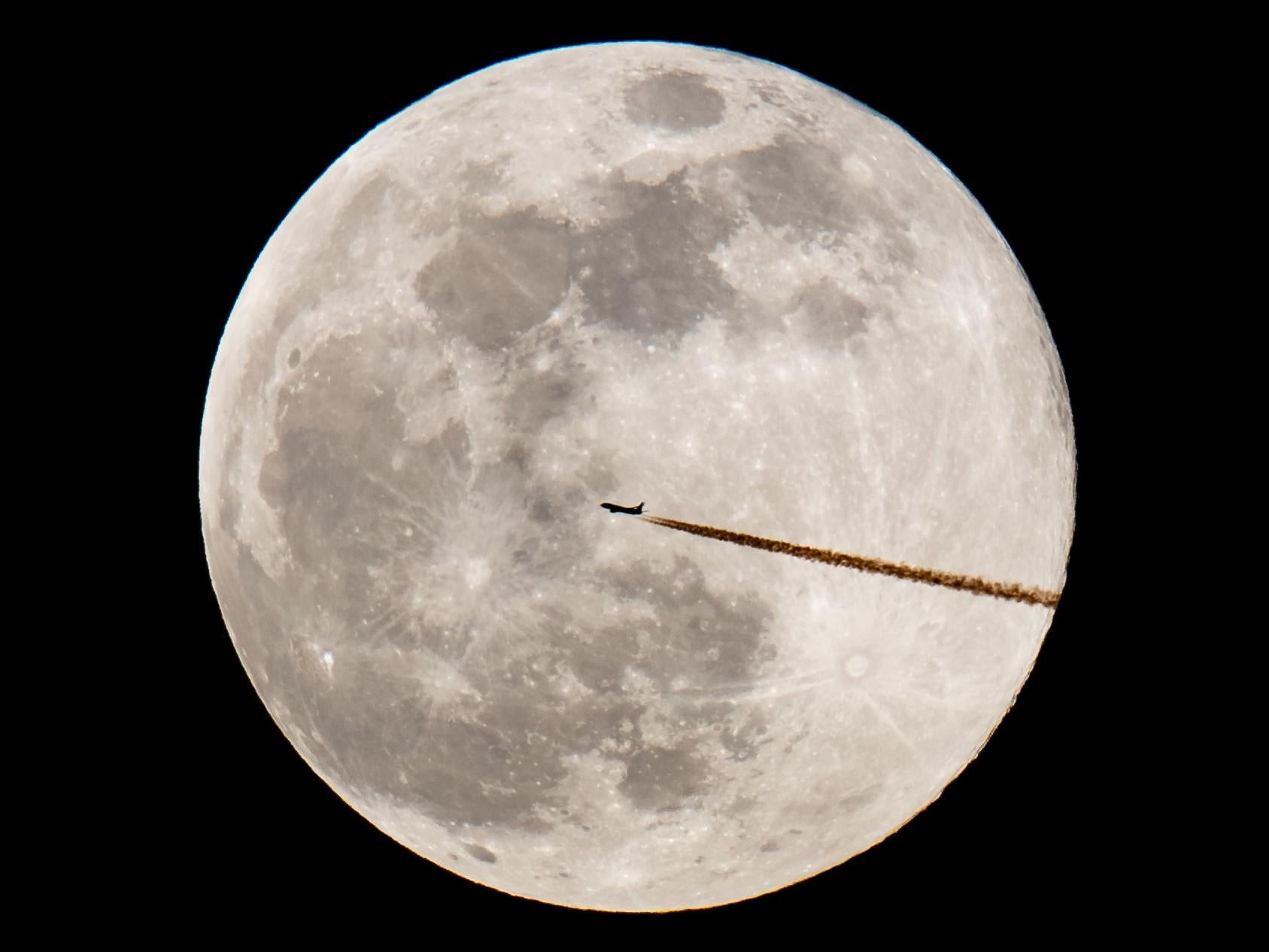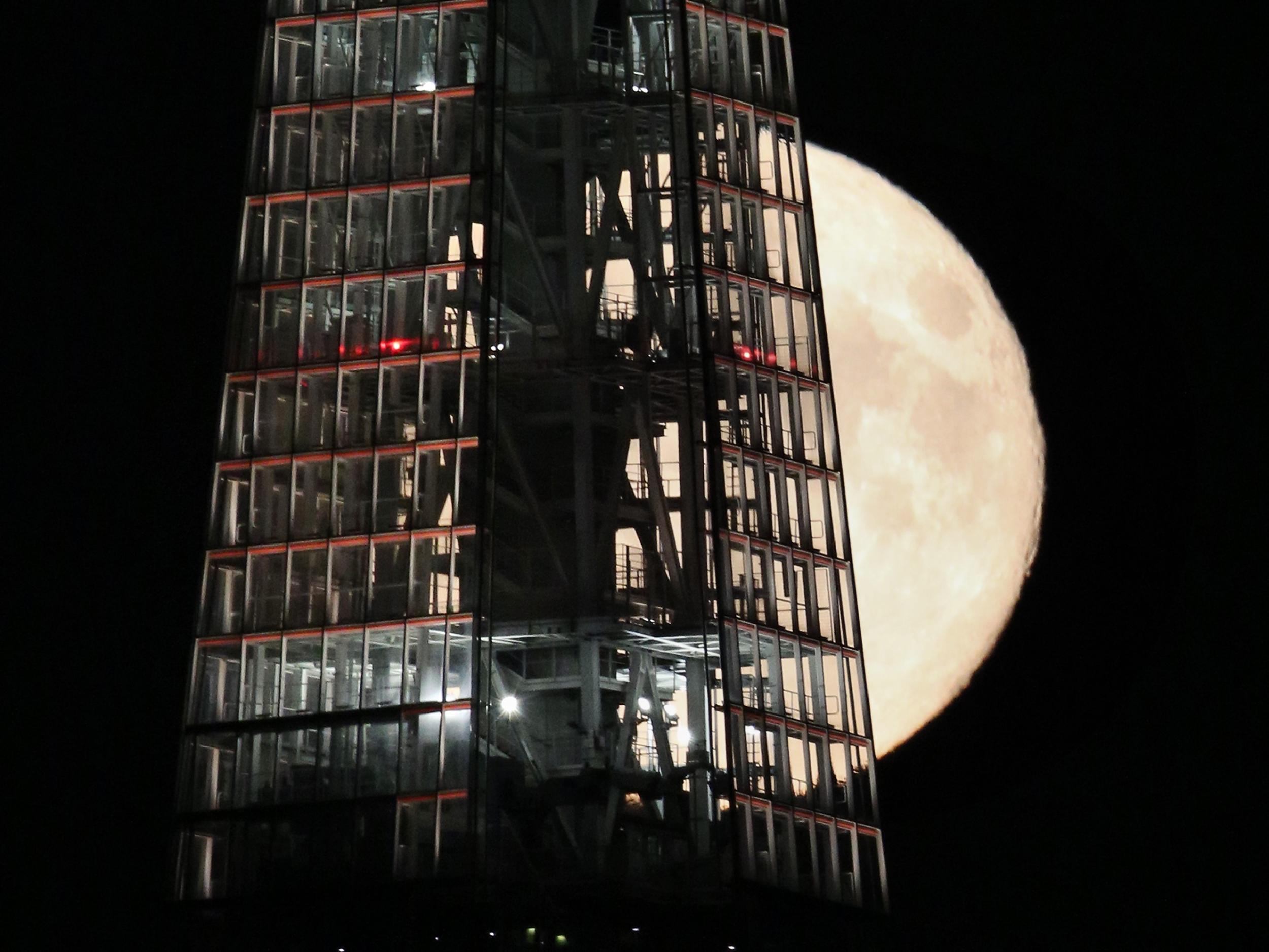Supermoon 2020: When is the next rare full moon spectacle?
A trio of full moons will appear bigger and brighter this Spring

Your support helps us to tell the story
From reproductive rights to climate change to Big Tech, The Independent is on the ground when the story is developing. Whether it's investigating the financials of Elon Musk's pro-Trump PAC or producing our latest documentary, 'The A Word', which shines a light on the American women fighting for reproductive rights, we know how important it is to parse out the facts from the messaging.
At such a critical moment in US history, we need reporters on the ground. Your donation allows us to keep sending journalists to speak to both sides of the story.
The Independent is trusted by Americans across the entire political spectrum. And unlike many other quality news outlets, we choose not to lock Americans out of our reporting and analysis with paywalls. We believe quality journalism should be available to everyone, paid for by those who can afford it.
Your support makes all the difference.Three successive supermoons this Spring will give sky gazers the opportunity to witness the rare spectacle for an entire season in 2020.
Each month between March and May, the full moon will be near to its closest point to Earth in its orbit, making it appear bigger and brighter than usual.
The first of these supermoons took place on 9 March, when the full moon passed at 357,404km (222,081 miles) from Earth.
On 7-8 April, the full moon passes even closer at just 356,907km, making it the closest a full moon has been to Earth since February last year.
Weather permitting, this will be the most impressive supermoon of 2020, with the final supermoon on 7 May passing at 361,184km from Earth.
An effect called the "Moon illusion" means that the moon will appear even bigger when it is rising or setting over the horizon and there are objects like trees or buildings within the line of sight.
"Because these relatively close objects are in front of the moon, our brain is tricked into thinking the moon is much closer to the objects that are in our line of sight," explained Mitzi Adams, a solar scientist at Nasa's Marshall Space Flight Center.
He continued: "At moon rise or set, it only appears larger than when it is directly overhead because there are no nearby objects with which to compare it."
A supermoon earlier this year coincided with Storm Ciara in the UK, meaning viewing conditions were severely affected for people in the UK.

Forecasts from the Met Office suggest April's supermoon will be accompanied by more favourable weather, especially in the south and east of the country.
Combined with lower-than-average air pollution due to the coronavirus lockdown, this week could be one of the best ever opportunities to see a supermoon.
Join our commenting forum
Join thought-provoking conversations, follow other Independent readers and see their replies
Comments